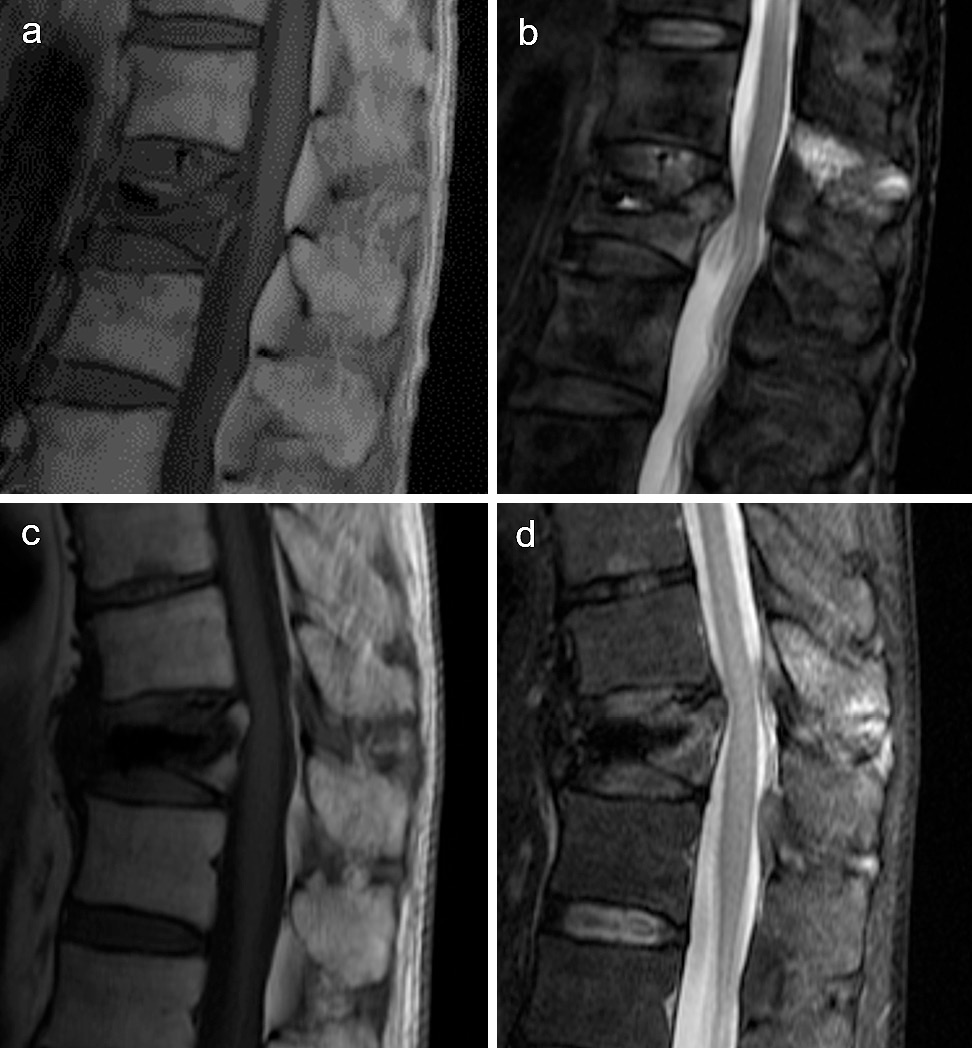Volume 6, Issue 2
Displaying 1-14 of 14 articles from this issue
- |<
- <
- 1
- >
- >|
REVIEW ARTICLE
-
2022Volume 6Issue 2 Pages 93-98
Published: March 27, 2022
Released on J-STAGE: March 27, 2022
Advance online publication: February 10, 2022Download PDF (502K) -
2022Volume 6Issue 2 Pages 99-108
Published: March 27, 2022
Released on J-STAGE: March 27, 2022
Advance online publication: October 11, 2021Download PDF (1421K)
ORIGINAL ARTICLE
-
2022Volume 6Issue 2 Pages 109-114
Published: March 27, 2022
Released on J-STAGE: March 27, 2022
Advance online publication: February 10, 2022Download PDF (293K) -
2022Volume 6Issue 2 Pages 115-122
Published: March 27, 2022
Released on J-STAGE: March 27, 2022
Advance online publication: June 30, 2021Download PDF (478K) -
2022Volume 6Issue 2 Pages 123-132
Published: March 27, 2022
Released on J-STAGE: March 27, 2022
Advance online publication: October 11, 2021Download PDF (707K) -
2022Volume 6Issue 2 Pages 133-138
Published: March 27, 2022
Released on J-STAGE: March 27, 2022
Advance online publication: June 11, 2021Download PDF (309K) -
2022Volume 6Issue 2 Pages 139-144
Published: March 27, 2022
Released on J-STAGE: March 27, 2022
Advance online publication: June 30, 2021Download PDF (702K) -
2022Volume 6Issue 2 Pages 145-150
Published: March 27, 2022
Released on J-STAGE: March 27, 2022
Advance online publication: September 09, 2021Download PDF (255K) -
2022Volume 6Issue 2 Pages 151-158
Published: March 27, 2022
Released on J-STAGE: March 27, 2022
Advance online publication: October 11, 2021Download PDF (622K) -
2022Volume 6Issue 2 Pages 159-166
Published: March 27, 2022
Released on J-STAGE: March 27, 2022
Advance online publication: October 11, 2021Download PDF (610K) -
2022Volume 6Issue 2 Pages 167-174
Published: March 27, 2022
Released on J-STAGE: March 27, 2022
Advance online publication: October 11, 2021Download PDF (901K)
TECHNICAL NOTE
-
2022Volume 6Issue 2 Pages 175-180
Published: March 27, 2022
Released on J-STAGE: March 27, 2022
Advance online publication: October 11, 2021Download PDF (1028K)
CLINICAL CORRESPONDENCE
-
2022Volume 6Issue 2 Pages 181-184
Published: March 27, 2022
Released on J-STAGE: March 27, 2022
Advance online publication: June 11, 2021Download PDF (1358K) -
2022Volume 6Issue 2 Pages 185-188
Published: March 27, 2022
Released on J-STAGE: March 27, 2022
Advance online publication: June 30, 2021Download PDF (1035K)
- |<
- <
- 1
- >
- >|














